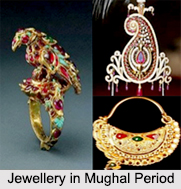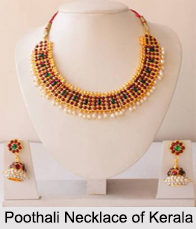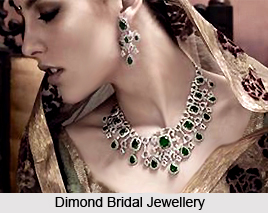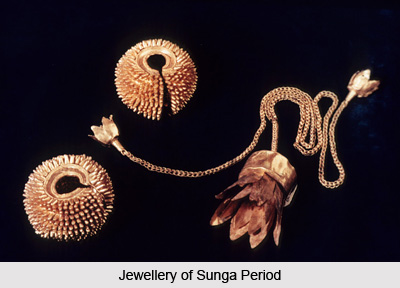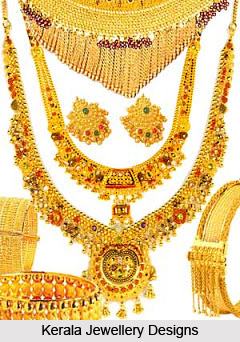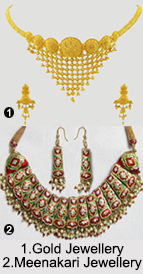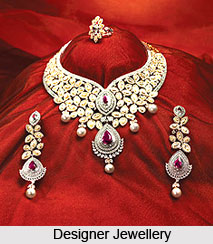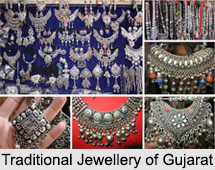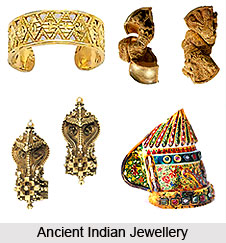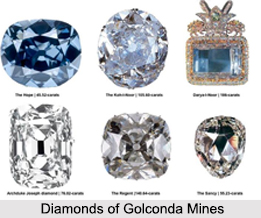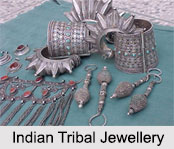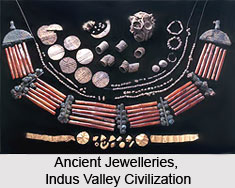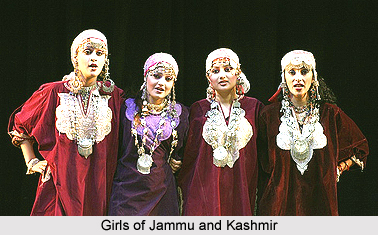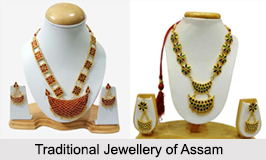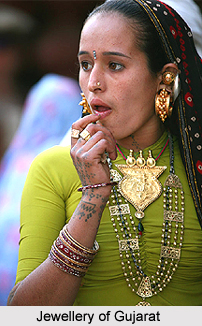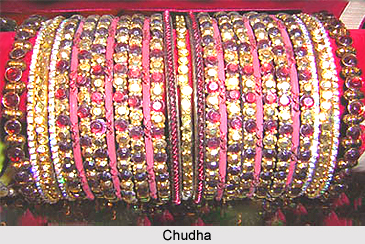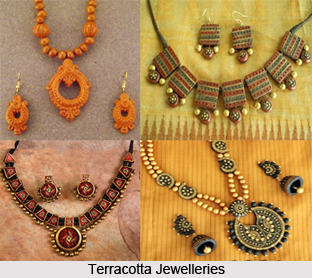 Various types of beads are bought to use, but authentic, traditional beads made of glass look classy. Plastic beads are sometimes used to reduce costs. Blue beads were historically considered chief beads and held in high regard in some cultures. Brass and nickel beads come in a variety of shapes and sizes and are used for many types of jewellery. Larger beads are easier to work with than smaller beads. Products include earrings, pendants, necklaces, bracelets, anklets, berets, hair ties, broaches and chokers and rings.
Various types of beads are bought to use, but authentic, traditional beads made of glass look classy. Plastic beads are sometimes used to reduce costs. Blue beads were historically considered chief beads and held in high regard in some cultures. Brass and nickel beads come in a variety of shapes and sizes and are used for many types of jewellery. Larger beads are easier to work with than smaller beads. Products include earrings, pendants, necklaces, bracelets, anklets, berets, hair ties, broaches and chokers and rings.
